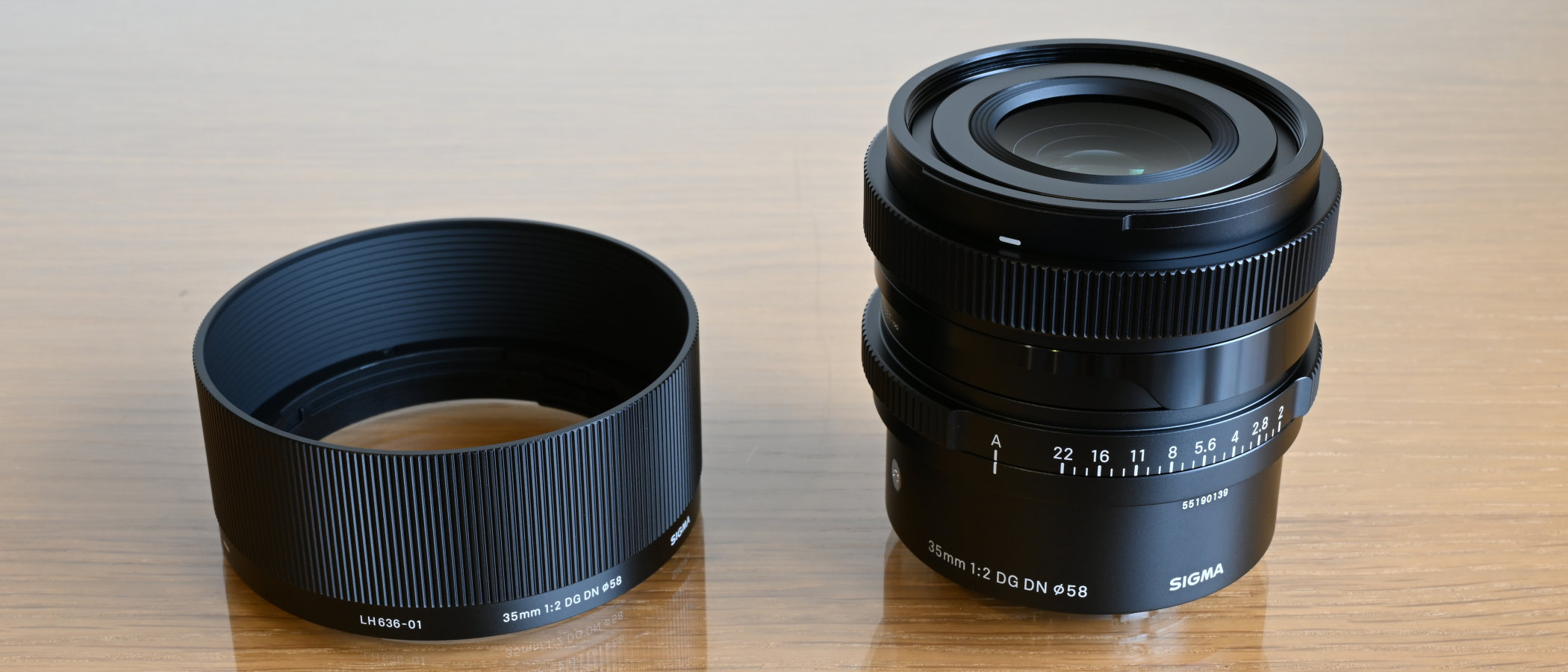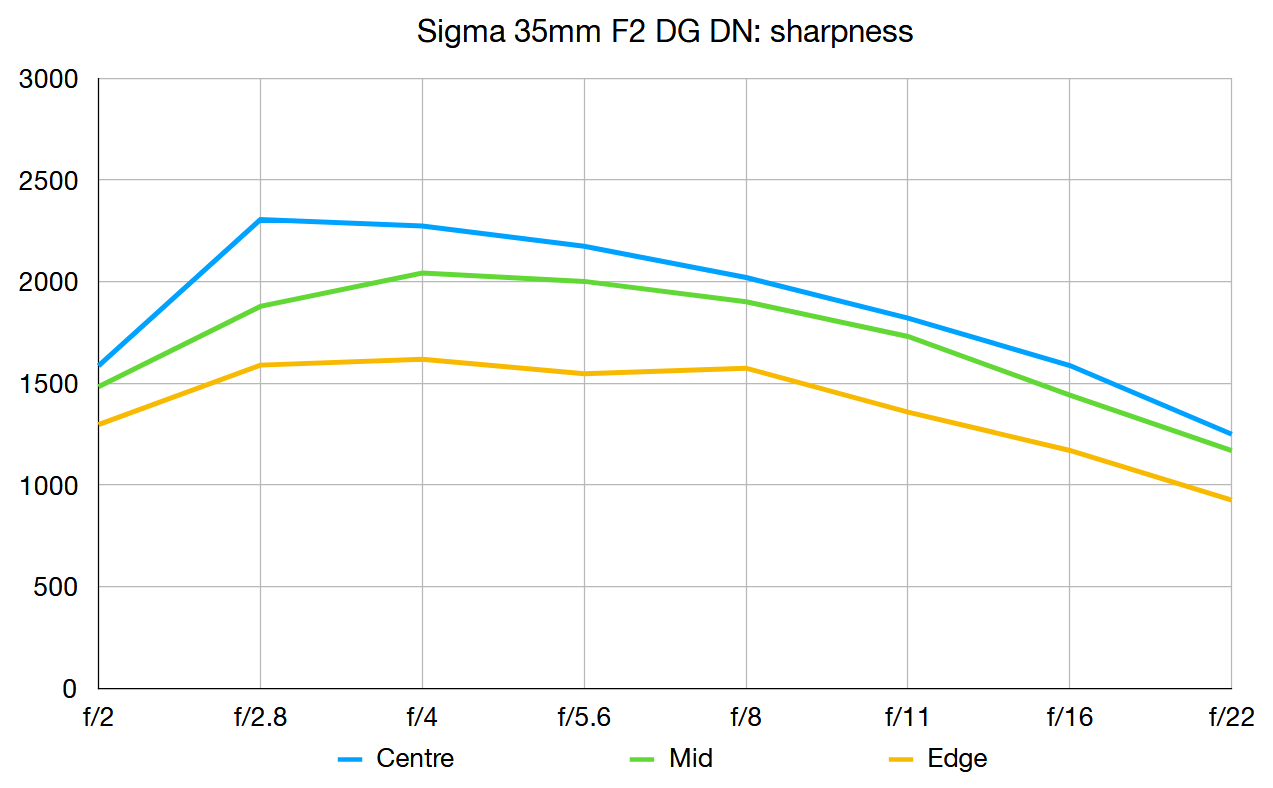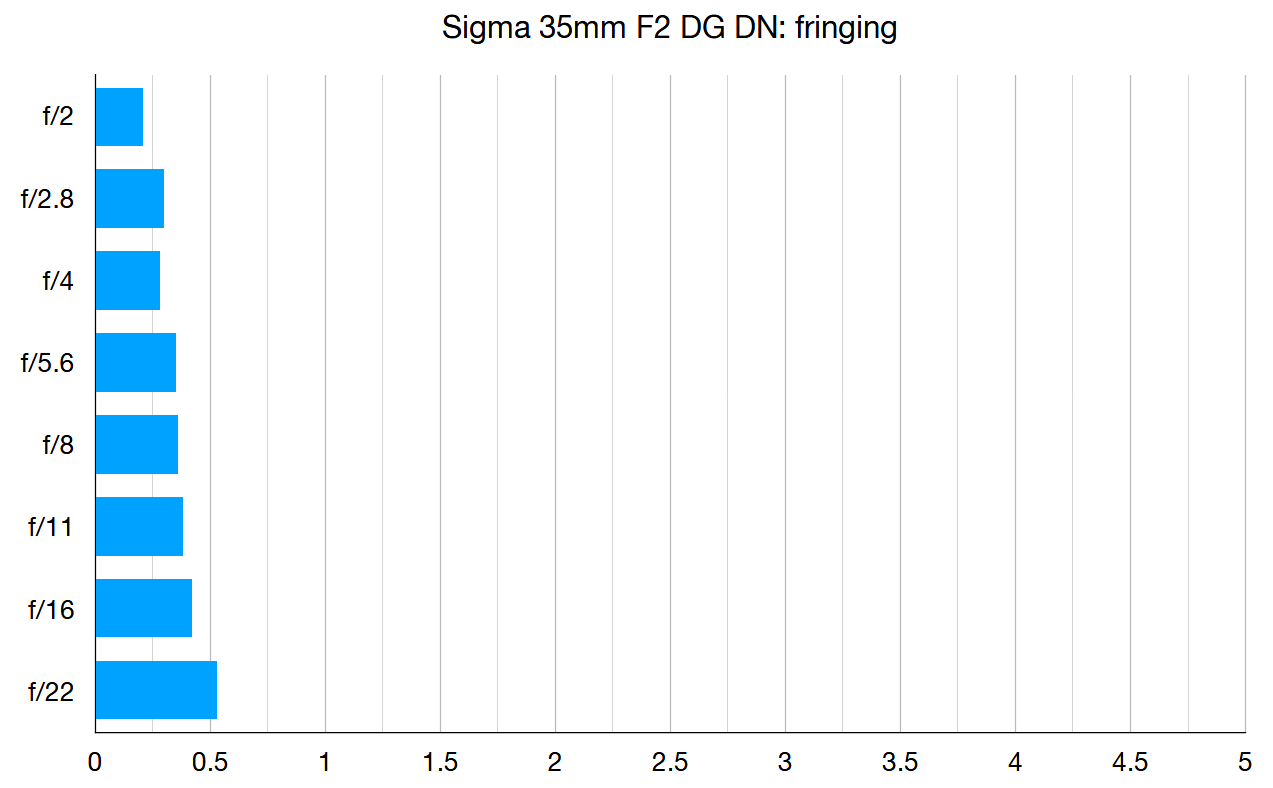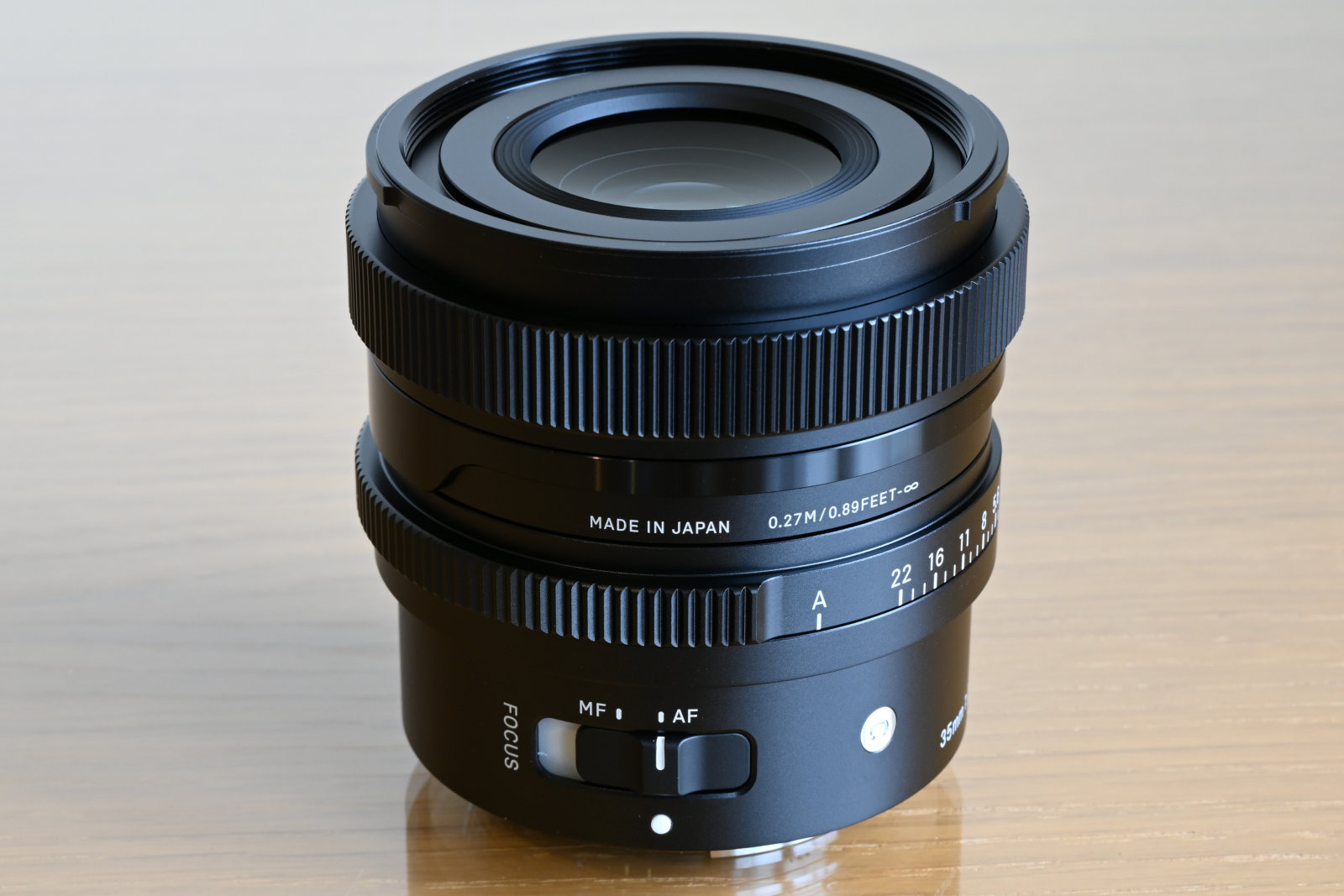Digital Camera World Verdict
Mirrorless cameras generally offer a size reduction, compared with DSLRs, but the advantage can be literally outweighed by chunky companion lenses. From Sigma’s ‘I’ series line-up, this Contemporary 35mm lens has a modest f/2 aperture rating that enables a relatively compact, lightweight build, but with no compromise in build quality or performance. It’s a great little lens for everyday shooting.
Pros
- +
High quality metal construction
- +
Good handling characteristics
- +
Compact and lightweight
Cons
- -
f/2 isn’t overly fast
- -
No focus distance scale
- -
Visible barrel distortion if uncorrected
Why you can trust Digital Camera World
Sigma offers some top-quality 35mm lenses from its ‘Art’ line-up, including the excellent 35mm F1.4 DG HSM Art, which was originally designed for DSLRs but is also available in Sony E and L-mount options for mirrorless cameras. There’s also the monster 35mm F1.2 DG DN Art lens, designed specifically for Sony E and L-mount mirrorless cameras, which goes extra-wide in aperture rating but tips the scales at over a kilogram. By contrast, the 35mm F2 DG DN is typical of the ‘Contemporary’ line-up in having a relatively compact and lightweight build, weighing in at a just 325g despite having a full metal casing.
Specs
Mount: Sony E, Leica L
Full frame: Yes
Autofocus: Yes
Image stabilization: No
Lens construction: 10 elements in 9 groups
Angle of view: 63.4 degrees
Diaphragm blades: 9
Minimum aperture: f/22
Minimum focusing distance: 0.27m
Maximum magnification ratio: 0.18x
Filter size: 58mm
Dimensions: 70x65mm
Weight: 325g
Key features
We’ll come to the metalwork featured in the design later but it certainly sets the Sigma apart from many competing lenses. Autofocus is based on a stepping motor which drives a fully internal mechanism, so the front element neither extends nor rotates during focusing. Manual focusing is available via an electronically coupled, knurled metal focus ring. The lens also features a knurled metal aperture ring, which has an A (Auto) position for camera-driven control, as well as offering hands-on control in one-third f/stop increments. Unlike some lenses with aperture rings, however, there’s no ‘de-click’ option for stepless aperture control when shooting movies. The aperture itself is based on a 7-blade diaphragm, which is reasonably well-rounded.
The optical path is based on 10 elements in 8 groups, complete with one SLD (Special Low Dispersion) element and three aspherical elements. Sigma’s usual Super Multi-Layer Coating is applied to reduce ghosting and flare.
Build and handling
The all-metal construction features precision-cut aluminium sections as well as metal internal parts. The lens hood is also made from metal and the lens even comes with both a regular plastic lens cap and a magnetic metal alternative. A magnetic lens cap holder on a carabiner is available as an optional extra. Overall, the build is robust and feels of very high quality, and incorporates a weather-seal on the coated brass mounting plate.
Performance
Autofocus is fast and virtually silent, while the electronically-coupled manual focus ring operates with smoothness and excellent precision. Like most stepping-motor based focusing systems, however, there’s no physical focus distance scale, and therefore no depth of field markers for different apertures. The aperture ring offers a tactile alternative for shooting in manual and aperture-priority modes.
Sharpness is very good across the whole frame when shooting wide-open at f/2, and becomes thoroughly excellent between f/2.8 and f/11. Vignetting is quite pronounced at f/2 but becomes much reduced at f/2.8. Thanks to the optical design, coatings and hood, ghosting and flare are very well controlled. Lateral chromatic aberration can be slightly visible around high-contrast edges towards the corners of the frame, and barrel distortion can also be noticeable. However, in-camera corrections are generally available.
The best camera deals, reviews, product advice, and unmissable photography news, direct to your inbox!
Sample images
Lab tests
We run a range of lab tests under controlled conditions, using the Imatest Master testing suite. Photos of test charts are taken across the range of apertures and zooms (where available), then analyzed for sharpness, distortion and chromatic aberrations.
We use Imatest SFR (spatial frequency response) charts and analysis software to plot lens resolution at the centre of the image frame, corners and mid-point distances, across the range of aperture settings and, with zoom lenses, at four different focal lengths. The tests also measure distortion and color fringing (chromatic aberration).
Sharpness:
Levels of sharpness are excellent across the entire image frame, throughout most of the aperture range. They only drop off a bit when shooting wide-open at f/2, or at the narrowest apertures between f/16 and f/22.
Fringing:
Lab-test results for colour fringing are very impressive and, in real-world shooting, lateral chromatic aberration is only slightly visible towards the corners of the frame, even in difficult conditions, like when shooting dark tree branches against a bright sky.
Distortion: -1.46
A negative score indicates barrel distortion, a positive score pincushion. A score of zero signifies no distortion.
As with colour fringing, the lab-test score for distortion is pretty good but, when shooting very uniform shapes like architectural buildings, barrel distortion can be noticeable.
Verdict
This Sigma Contemporary lens is nicely designed, impeccably built and beautifully finished. It’s very robust yet compact and lightweight, making it an ideal street lens for day to day shooting. Image quality is very good indeed and, although vignetting, colour fringing and distortion can be noticeable in some conditions, they’re easily fixed with in-camera corrections. All in all, it’s a great lens at a great price.
Read more:
Sigma 65mm F2 DG DN Contemporary review
Matthew Richards is a photographer and journalist who has spent years using and reviewing all manner of photo gear. He is Digital Camera World's principal lens reviewer – and has tested more primes and zooms than most people have had hot dinners!
His expertise with equipment doesn’t end there, though. He is also an encyclopedia when it comes to all manner of cameras, camera holsters and bags, flashguns, tripods and heads, printers, papers and inks, and just about anything imaging-related.
In an earlier life he was a broadcast engineer at the BBC, as well as a former editor of PC Guide.















